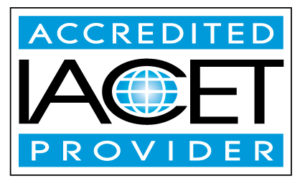(Charts, Controls, Diagrams, Improvement Methods Sampling Techniques, and Problem Solving)
The course is designed to provide quality practitioners, managers, professionals, auditors and improvement team members an understanding of basic quality tools and techniques. It may be used for professional development, or as a refresher. The course covers Process Analysis and Control Tools, Improvement Tools and Techniques, Sampling Methods, Statistical Tools, Control Charts and Process Capability, and Quality Savings. Besides normal testing, there is a Problem Solving Team Case Study that students must review and be tested on to pass the class. If you have taken the Auditing Fundamentals III course, you should not take this class because the same topics are covered. The class consists of a series of lessons, illustrations, diagrams, interactive exercises, case study questions and quizzes. A desk reference that covers all lessons and QualityWBT Glossary are included in the class as pdf files. The class has a bank of 101 multiple choice test questions and 11 case study questions. Please note that if you are taking the class to be a quality engineer or six sigma black belt, you will need in-depth knowledge of statistical techniques that are beyond the scope of this class. Successful completion of the course will result in a certificate for 8 contact hours (0.8 CEUs). The subscription period for the class is 90 days (plus one free 30-day subscription extension, if needed).
Learning Outcomes
Upon the completion of this course, students will be able to:

As an IACET Authorized Provider, JP Russell Learning Center offers CEUs for its programs that qualify under the ANSI/IACET Standard. Note: IACET is the International Association for Continuing Education & Training and CEUs are Continuing Education Units.